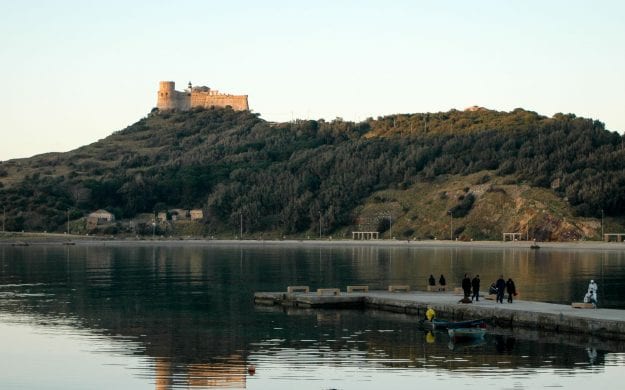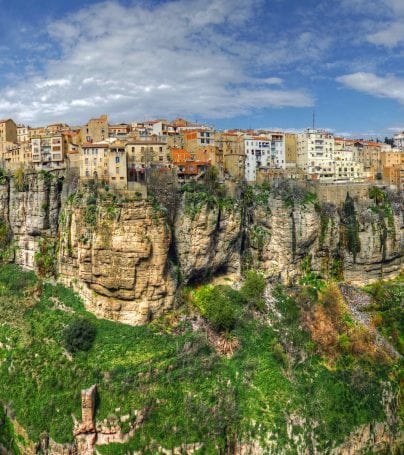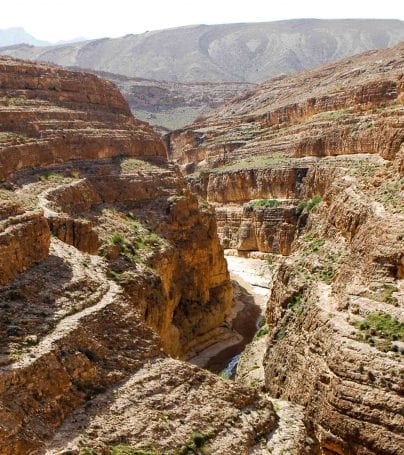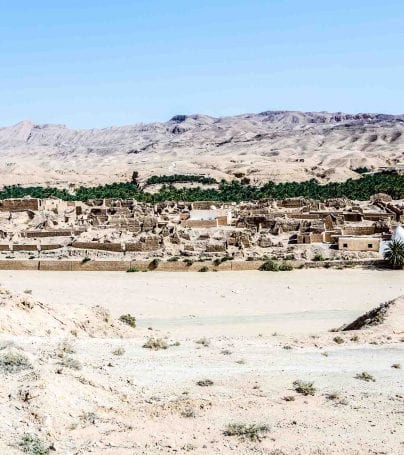Grand Erg Adventure Tours
The Grand Erg Oriental is a large erg or “field of sand dunes” in the Sahara desert. Erg is a Tamachek Berber word and also a geographic term of art. Situated for the most part in Saharan lowlands of northeast Algeria, the Grand Erg Oriental covers an area some 600 km. wide by 200 km. north to south. The erg’s northeastern corner spills over into neighboring Tunisia. Along the north rim of the Grand Erg Oriental, both the physical ecology and the human culture surviving there since ancient times are said to form a continuum. From Biskra in Algeria by the Aurès mountains, this region extends east to the Djerid of Tunisia. It is a low-lying area of chotts (salt pans), and occasional oases, where exists intensive cultivation of date palms in the tens of thousands. Between Biskra and the Djerid, but a little to the south, lies El Oued, a mid-sized Algerian city graced with domes and arches of Saharan architecture. Also an oasis, it’s located about 100 km east of Touggourt and by the northern frontier of the erg. The thirst of El Oued is quenched by a subterranean river.
In Tunisia south of the sea port of Gabès, in the vicinity of the Grand Erg’s northeast edge, there are a number of Berber villages, among them Tataouine. From here, a bleak Tunisian paved road leads south along the Libyan border, by sand dunes of the Grand Erg’s eastern limits, terminating at Borj El Khadra, an oasis, near Ghadames.
Near where the frontiers of Algeria, Tunisia, and Libya meet lies the ancient oasis town of Ghadames in Libya. It is located directly adjacent to the erg’s southeast edge. Tuareg Berbers (a people sourced in the central Sahara) compose the majority in Ghadames. This oasis was known by ancient Egypt, and later by Carthage and by Rome, as Cydamus. A road from Tarabulus on the Mediterranean coast now leads to present-day Ghadames. The historic Saharan architecture found in its Old Town has received international recognition.
Customize Your Dream Adventure
We are here to help craft tailor-made adventures for individuals, couples, families, and groups of explorers.




